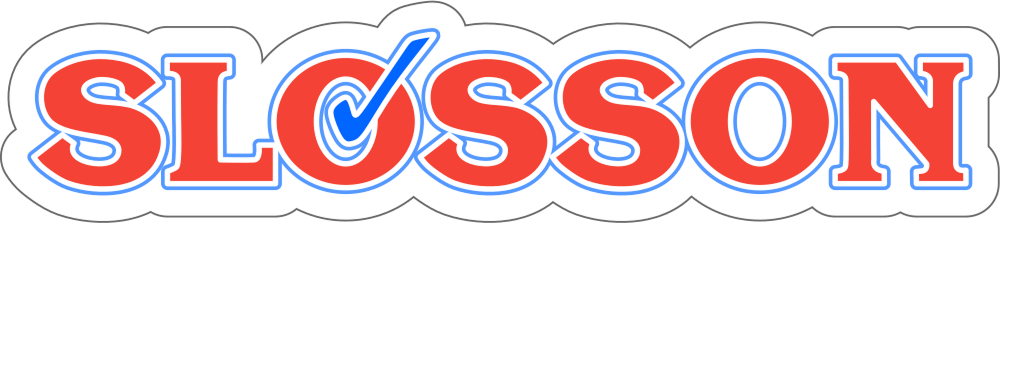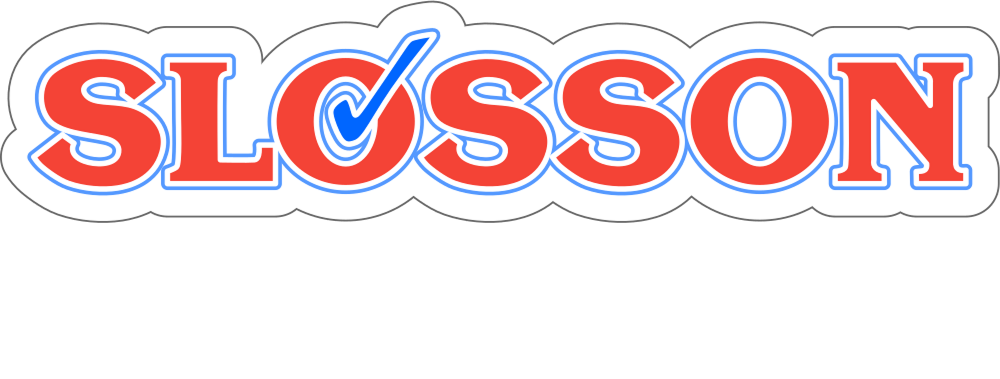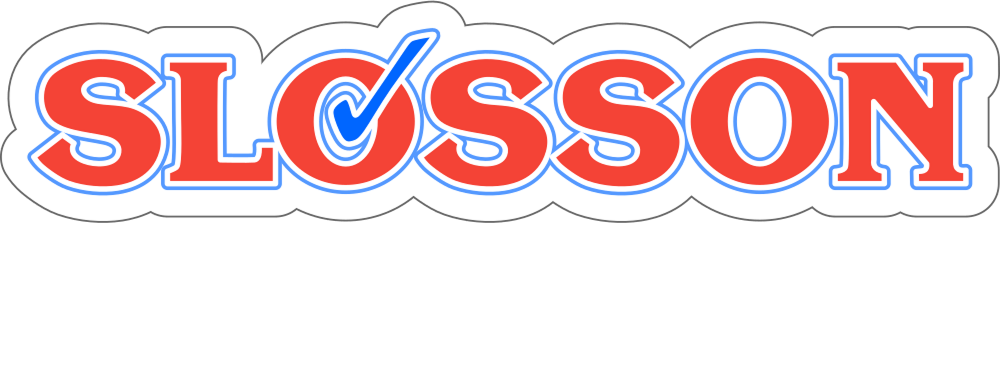Reading / Math / Screening
We provide a wide range of helpful products to assist educators, psychologists, counselors, and more.
Vocabulary As You Need It (V-1)
Vocabulary As You Need It consists of 13 well-organized sections, comprised of work sheets, presenting vocabulary grouped by linguistic and speech categories. each work sheet has information concerning syllable structure, directions, the vocabulary words being taught, and pictures to represent the vocabulary words.
Articulation Stories for Younger Students (ASFYS)
The ASFYS was developed to present articulation skills based on those earliest developing phonemes and syllable structures which contribute to intelligibility. These articulation skills are embedded in vocabulary taken from children's environmental experiences.
Articulation Stories for Older Students (ASFOS)
The ASFOS is an efficient and modern set of resource books, containing over 300 pages of language-embedded articulation exercises predicated upon recent research in articulation therapy and Whole Language perspectives. Material in the ASFOS was developed out of a need for an extension to picture stimulus materials, especially when therapy goals include targeting generalization. The majority of exercises can be used effectively in group or individual settings. Record keeping materials are provided through target and homework data sheets.
Light's Retention Scale - Fifth Edition (LRS-5)
This edition of the Light's Retention Scale includes over 300 quality research studies on school grade retention. An analysis of these studies produced 19 categories (factors to consider for possible retention), which include such areas as intelligence, mobility, physique, age, gender, participation of parents, preschool enrollment, student's motivation, attendance, emotional disorders, conduct patterns, and other areas. The documentation of research found in the LRS demonstrates that this is a Research-based Tool, as is required by the Response to Intervention (RtI) protocol.
Test of Written Expression (TOWE)
The TOWE provides a comprehensive yet efficient norm-referenced assessment of writing achievement. It uses two methods to evaluate a student's writing skills. The first involves administering a series of 76 items. These items assess a broad array of writing skills (i.e, ideation, vocabulary, grammar, capitalization, punctuation, and spelling) to determine the students' general writing proficiency.
The Children's Version of the Family Environment Scale (CVFES)
The CVFES provides valuable feedback for family therapy and school counseling. It consists of a 30 item, pictorial, multiple choice test. By choosing undimensional, cartoon-style drawings that best represent their family, the child helps appraise three general areas of family functioning: Relationships, Personal Growth, and System Maintenance. The CVFES addresses 10 subscales (e.g. cohesion, organization, and control). Items are devised on a quantitative continuum so that each picture is worth 1, 2, or 3 on a particular subtest, with 3 being the highest level in each dimension.
Children, Problems & Guidelines (CPG)
Dr. Casey's resource book addresses many of the most common problems involving children and their homes or schools. Student achievement is very sensitive to home environments, family structure, emotional state, drugs and alcohol usage, and pressures from a great number of sources. Teachers and parents can use this book to identify warning signs, relevant information, and specific guidelines for action for the aforementioned problems and many more. Information relevant to answering questions or concerns is provided for dozens of common but devastating problems such as: discipline, study skills, and school relevant behaviors. Critical information is provided in an easy readable format on complex problems such as divorce/re-marriage, conduct-behavioral disorders, learning/achievement problems, substance abuse, and more!
Comprehensive Mathematical Abilities Test (CMAT)
Based on actual materials used to teach math in schools by incorporating state and local curriculum guidelines, the CMAT represents a major advance in the accurate assessment of the mathematics taught in today's schools. All items reflect real world problems using current information and scenarios. Use as few as 2 subtests or as many as 12 depending on your purpose for testing.
Test of Mathematical Abilities - Third Edition (TOMA-3)
The Test of Mathematical Abilities - Third Edition (TOMA-3) is an easily administered, norm-referenced, assessment tool used to identify, describe, and quantify mathematical deficits in school age children. Specifically, it can be used to identify students who are significantly behind their peers in mathematical knowledge and to determine the magnitude (below average, poor, or very poor) of any mathematical problems.
Test of Early Mathematics Ability - Third Edition
(TEMA-3)
The TEMA-3 measures the mathematics performance of children and is also useful with older children who have learning problems in mathematics. You can use the TEMA-3 in a variety of settings, such as preschools, elementary schools, and clinics. The test covers informal and formal (school-taught) concepts in numbering skills, number-comparison facility, numeral literacy, mastery of number facts, calculation skills, and understanding of concepts. Two parallel forms (Form A and Form B), each containing 72 items, allow you to study a child's mathematic progress over time.
Test of Word Finding - Third Edition (TWF-3)
The latest revision of the TWF-3 includes new normative data, new noun and verb targets, and a revised model of lexical processing. The Comprehension Check functions as a built-in assessment of a student's word knowledge. The TWF-3 contains both a standardized assessment and an informal assessment to aid clinicians in identifying children with word-finding problems. The standard and informal assessments are integral features of comprehensive word-finding assessments.
Academic Achievement Battery (AAB)
The AAB is a complete achievement assessment, offering both a comprehensive battery and a screening version for use with individuals throughout the life span. Unlike similar measures, the AAB requires no certification or intensive preparation - simply open your AAB kit and review the materials, and you will be ready to begin assessment. The manual includes evidence supporting the ability of the AAB to differentiate performance in individuals with various learning disabilities, intellectual disorder, ADHD, and speech/language impairment.
The Listening Comprehension Test 2
(LCT-2)
This test assesses a student's ability to attend, process, and respond to auditory information. Five subtest ask students to give verbal responses to short paragraphs. The subtests assess main ideas, details, and reasoning. Results help explain a student's ability to respond to information presented verbally in the classroom.
The Listening Comprehension Test Adolescent - Normative Update (LCTA:NU)
The LCTA-A:NU evaluates a student's abilities in listening comprehension skills. Teachers can use the results to help students improve their skills and behaviors in both the classroom and in everyday listening situations. There are five subtests: Main Idea, Details, Reasoning, Vocabulary and Semantics, and Understanding Messages. Students are required to (a) pay careful attention to what they hear, (b) listen with a purpose in mind, and (c) remember what they hear well enough to think about it. Students must also avoid being impulsive in giving answers, and they must express answers verbally. The test can be used to identify students who have specific language impairments, plan interventions, and represent listening comprehension in research studies.
Feifer Assessment of Reading (FAR)
The FAR is a comprehensive assessment of reading and related processes. Uniquely, it will help you determine the examinee's specific subtype of dyslexia to inform decisions about appropriate interventions.
Test of Orthographic Competence
The Test of Orthographic Competence (TOC) assesses aspects of the English writing system that are integral to proficient reading and writing. These aspects include letters, spelling, punctuation, abbreviations, and special symbols. The TOC has three age-related forms (6-7 years, 8-12, years, and 13-17 years). Normed on a national representative sample of 1,477 individuals, it yields standard scores and percentiles for both subtest and composites. Classroom teachers, special education teachers, reading specialists, school psychologists, speech pathologists, or any other professionals with some training in standardized test administration can use the TOC.
Test of Problem Solving 3 - Elementary Normative Update (TOPS-3:NU)
The TOPS-3E: NU focuses on a student’s linguistic ability to think and reason. Language competence is the verbal indicator of how a student’s language skills affect his or her ability to think, reason, problem solve, infer, classify, associate, predict, determine causes, sequence, and understand directions. The test focuses on a broad range of language-based thinking skills, including clarifying, analyzing, generating solutions, evaluating, and showing affective thinking.
Social Language Development Test - Elementary : Normative Update (SLDT-E:NU)
The SLDT-E: NU assesses language-based skills of social interpretation and interaction with friends, the skills found to be most predictive of social language development.
Social Language Development Test - Adolescent: Normative Update
The SLDT-A: NU measures language-based social skills including students' ability to make inferences and interprete and respond to social interaction. Performance on the test differentiates typically developing students from those with autism spectrum disorder.
The WORD Test 2 Adolescent (WTA-2)
The Word Test 2 Adolescent measures a student's facility with language and word meaning using common and unique contexts. The test surveys six semantic and vocabulary skill areas reflective of curriculum vocabulary and everyday language usage. Each of the six subtests is comprised of 15 items.
The WORD Test 3 Elementary (WTA-3)
The WORD Test 3 Elementary assesses a student's ability to recognize and express semantic attributes critical to vocabulary growth and language competency. Current research clearly supports the impact each task on this test has on academic and reading competency. You will understand how your students attach meaning to words and why they might be struggling in the classroom.






